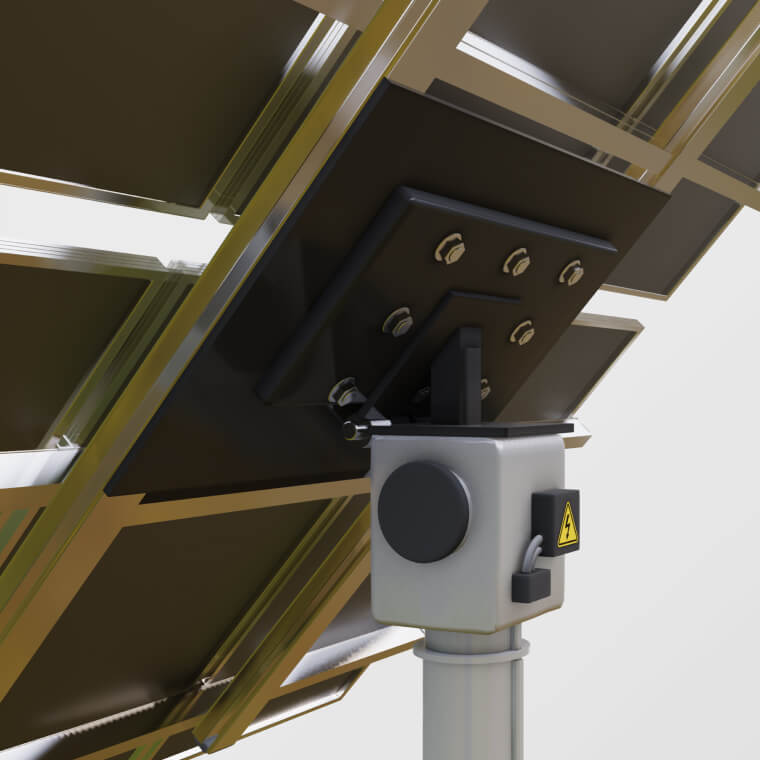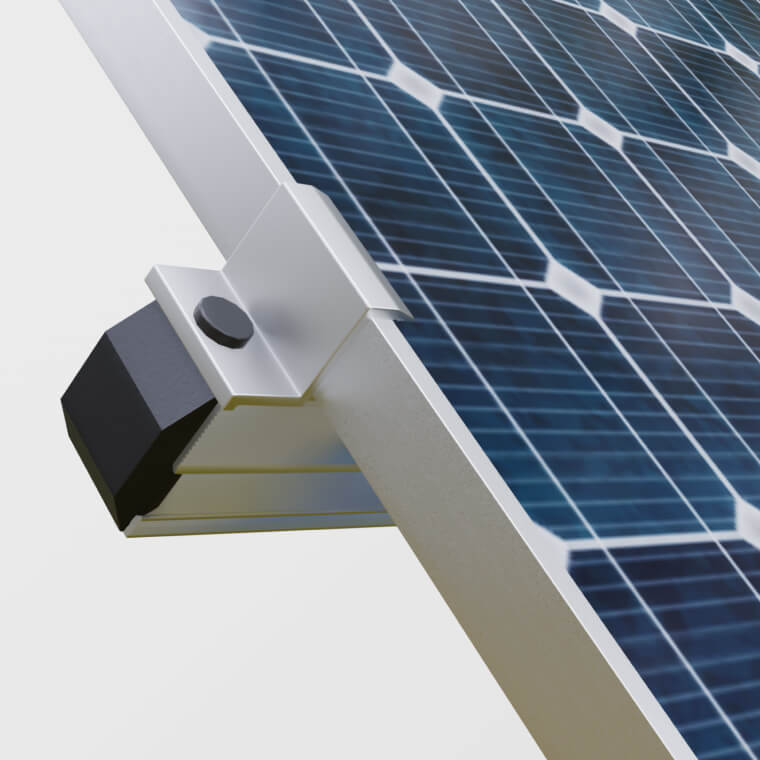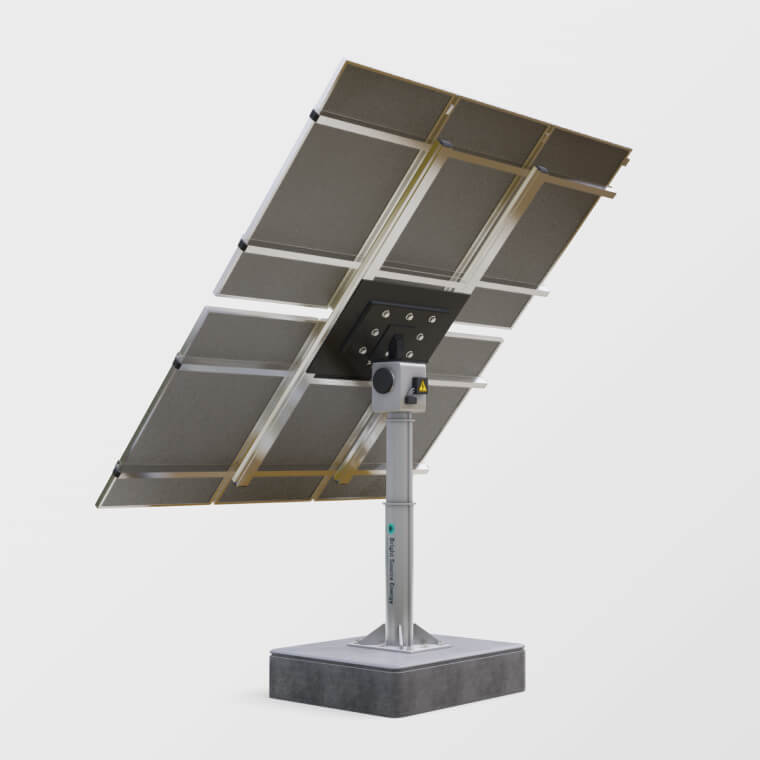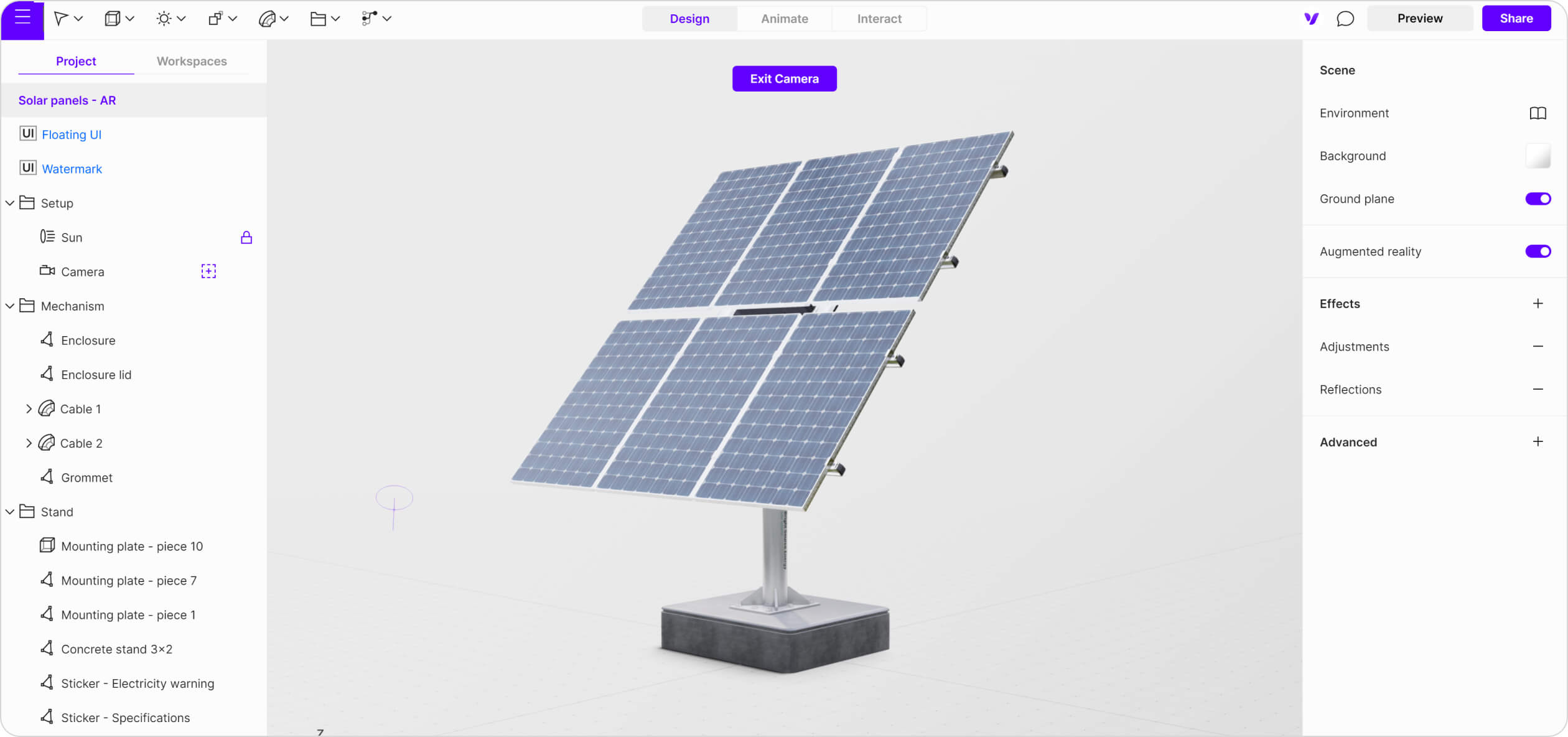Discover Vectary Business solutions for solar panel companies


A solar panel configurator enables users to create and customize the solar panel systems to suit their specific energy needs and preferences. If connected to a database using API, users can input details such as location, energy consumption, available space, and budget to get precise results. Using this information, the configurator generates a custom solar panel system design. This includes the number and type of solar panels, inverter options, mounting solutions, and expected energy output.
This configurator can become a valuable tool for the panel manufacturing company’s sales teams or installation teams, as well as for the customer to make an informed decision. Using only one 3D configurator, everyone can then visualize the system layout, review specifications, and get cost estimates.
The solar panel configurator should have an interactive UI to switch between configurations of 3x2 and 5x2 panels. There is additional value in preparing the project for Augmented Reality. By setting up accurate object dimensions you can view the exact size of the panels and watch animations that demonstrate the optimal angles for following the sun.
The project started with the precise modeling of the base stand for the solar panels, followed by the construction of a supportive frame and the modeling of an individual panel. By using the array modifier it was easy to add and arrange panels into groups of 5x2 and 3x2, which we could modify using Variants groups for flexible configuration changes.
In this project we focused on three types of materials: metals, glass and stone. Having detailed and distinct branding, stickers and graphic information added to the realism. We further enhanced the look by baking ambient occlusion into the textures, which deepens the perception of space and details in the model.



The Floating UI in this project is simple, featuring a description and a variant switcher. Switching variants in the Floating UI updates the AR model accordingly. This functionality allows users to visualize all available sizes of the solar panels directly in augmented reality (AR).
In addition to static displays, we leveraged AR to incorporate animations that demonstrate every possible rotation of the solar panels. Given that the size of the solar panels in AR corresponds precisely to their real-life dimensions, this feature offers an accurate and immersive visual representation for viewers, enhancing both understanding and engagement.

A solar panel configurator lets buyer customize their solar energy systems according to their unique needs and preferences. By providing details like location, energy consumption, available space, and budget constraints, customers can create a tailored solar panel system design.
This feature allows users to visualize a custom solar panel system in their real-world environment using a smartphone or tablet. It places the virtual product onto the physical surroundings, providing a clear picture of how the system will fit and appear, before any commitments are made.
The configurator offers a way to get a cost estimate for the customer's system setup. It factors in the number and type of solar panels, inverter specifications, mounting options, and installation, so the customer and the seller can have a clear idea of the total costs.

